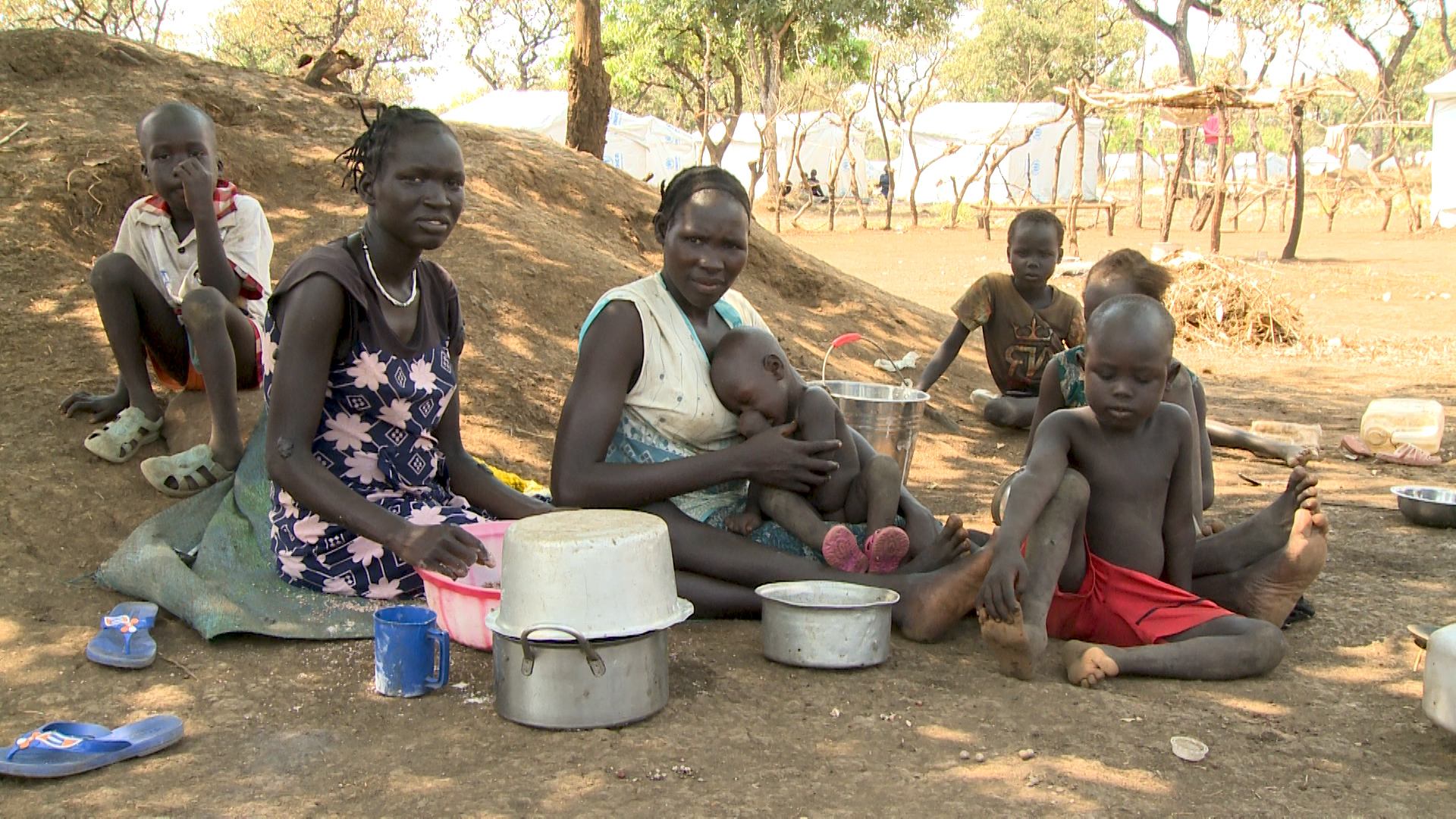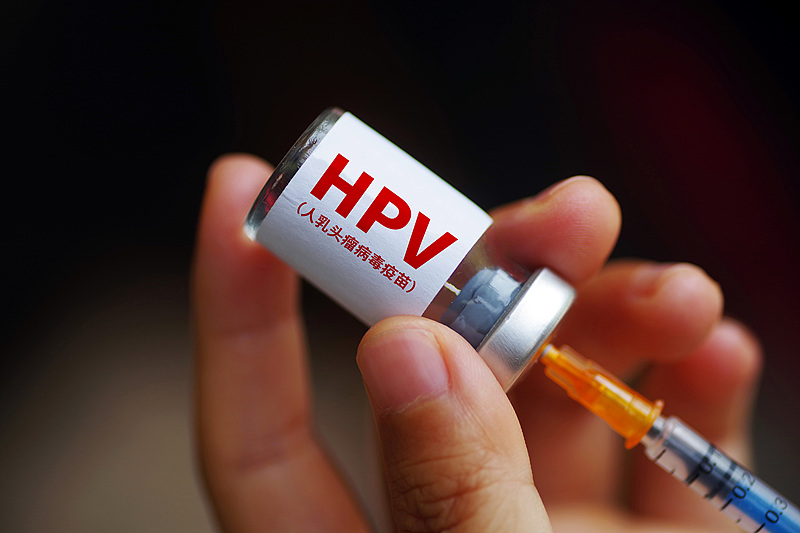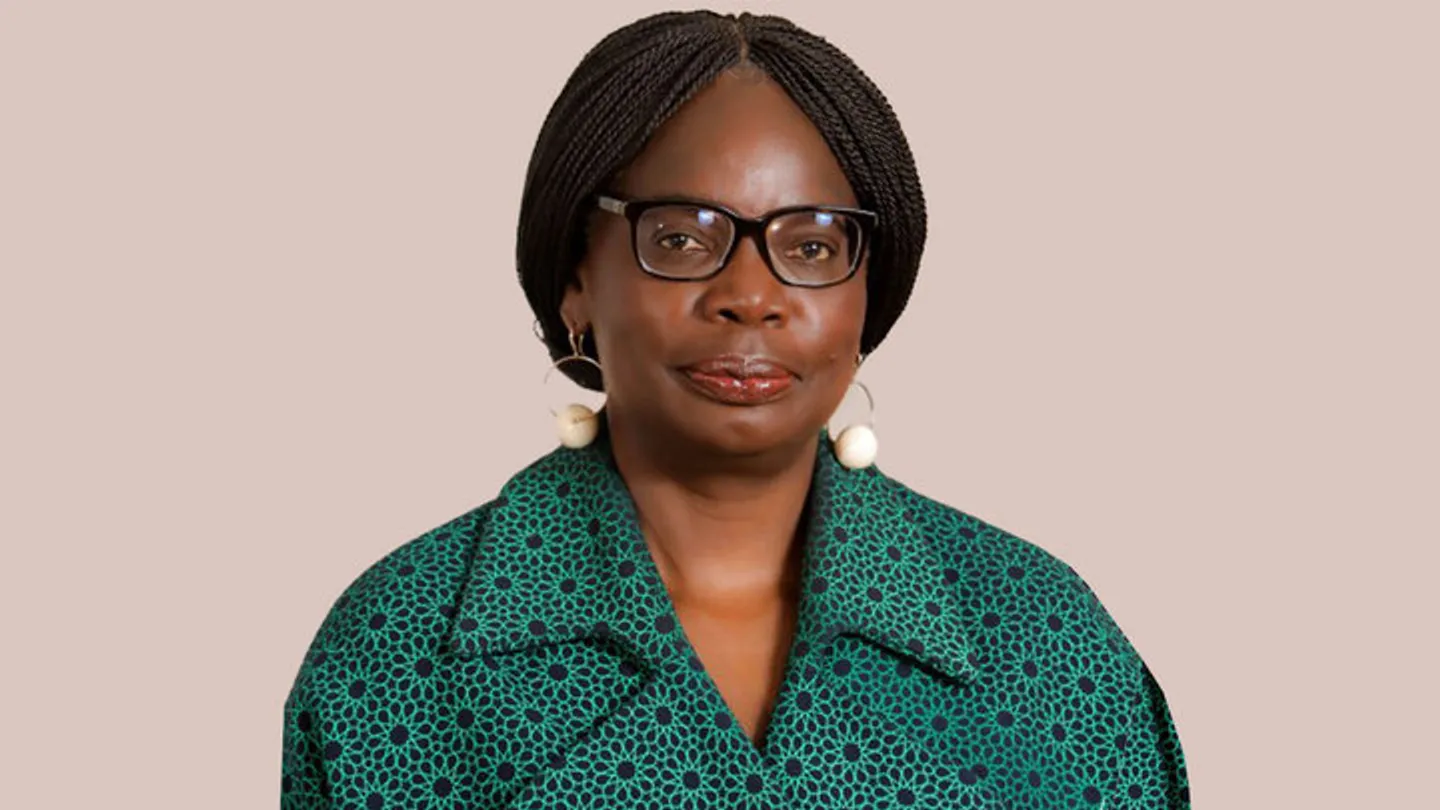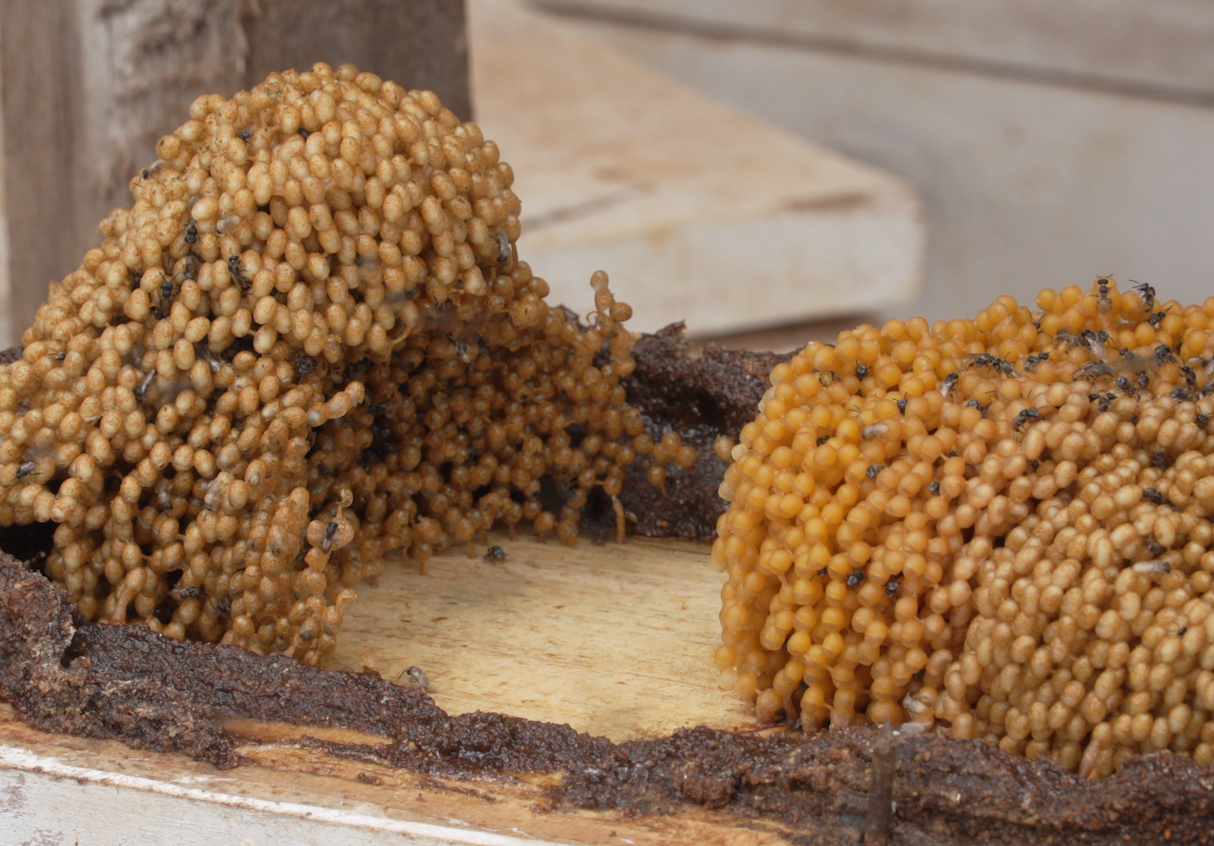
Refugees, the face of ongoing South Sudan conflict

She stares blankly at her three-year-old daughter, the girl says something to her, but she is lost in thoughts.
At the age of 27, the internal conflict in South Sudan has forced Nyaluak Gatkoth to be a single mother and a refugee.
“ I came with 3 children fleeing from Malakal in South Sudan, for over 1000 km. We walked all the way, “Nyaluak explains with watery eyes, “when we arrived here, we found this is where refugees are helped, so we registered and stayed.”

Her husband remained to fight.
She says life was good back home, but now all she has in the refugee camp is a temporary wooden structure all covered with a heavy UNHCR branded tarpaulin.
“ We left some people back home,” Nyaluak says, “ Maybe when peace returns they will come and tell us,” she wipes her tears with the back of her hand.
Buk Tuach Guandong, her neighbor , is an elderly woman.

“ At my age I was forced to flee,” Buk explains as she grinds sorghum on a stone, “I came with only one child, three others are missing.”
A thick cloud of grief hangs over this Nguyyiel refugee camp, in Gambella , South Western Ethiopia .
The refugees say cases of attempted suicide are common.
The strain of the war
The Nguyyiel camp was set up in 2016 to ease the congestion in the 6 other refugee camps.
Peter Hawariat, the Assistant Protection of officer from the Ethiopia Administration for Refugee and Returnee Affairs, explains that this is the largest camp in Ethiopia,
“ Nguyyiel camp currently hosting 86,000 refugees but still has capacity for about 40,000 more, it is big,” Peter says.

In total Ethiopia hosts over 416,000 South Sudan refugees since 2014.
The United Nations refugee agency says it is prepared for even more refugees as conflict continues in South Sudan.
Patrick Kawuma Male, the UNHCR representative in Gambella, however, adds that resources are not enough,
“We have not reached the number of litres we are supposed to give per person per day, we don’t have the number of classrooms required ,” Kavuma explains , “ in every area , UNHCR and its partners are struggling to keep up with the demand.”
In addition there is no more land in the Gambella region to set up another camp,
“The refugees outnumber the nationals in this area, there is pressure on the land,” Kavuma says.
Out of the $106.8M, international funding it requested for the South Sudan situation, UNHCR has only received 15%.
The 2015 South Sudan compromise peace agreement is yet to hold any water.

The presence of the transitional government of national unity has not stopped fighting between government and opposition forces.
40 year old Buk Ruach, says they are tired of the three year power struggle among their leaders.
“We are telling these people to stop that war and finish it between themselves,“ Buk says as he breastfeeds her baby, “ if they don’t finish it, we shall have nothing for our children to eat, we shall continue suffering,”
In its July 2017 summit, the African Union decided that the 2015 South Sudan peace agreement be revitalized.
The Intergovernmental Authority for Development, IGAD, has already started shuttle diplomacy among all stakeholders to convince them to come back to the peace table and end the war.
The result of this new move is yet to be seen.
In the meantime despair remains a part of these South Sudan refugees in Ethiopia.

Contribution by CGTN’s Coletta Wanjohi.






